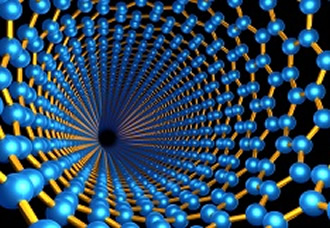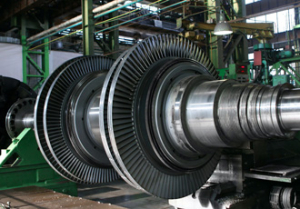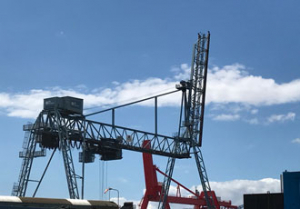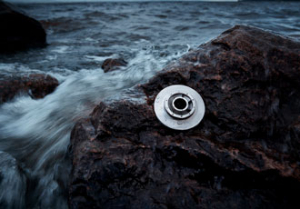An addition to the family of engineered components

Using additive nanocomposite technology uniquely blending the properties of high stiffness with dampening, the EU-funded HIPPOCAMP project helped to create efficient and environmentally friendly advanced metallic parts. Industries, such as automotive and aerospace, face the challenge of improving manufacturing performance while at the same time meeting rigorous environmental targets.
Using traditional techniques to meet ever advancing engineering demands is not only prohibitively expensive but also generates undesirable by-products and toxic waste, necessitating innovative solutions.
The HIPPOCAMP project developed just such a high-yield, low cost, robust and at the same time environmentally friendly, manufacturing process. It did so by producing nanocomposites for products made of engineered metallic material, in particular, structural components for automotive, aerospace, manufacturing and wind turbine applications.
One of the biggest problems with conventional manufacturing is the inherent vibration of machine-tools, turbine blades and other industrial components, which can lead to increased maintenance, decreased reliability, shortened service life and so ultimately higher costs for both producer and consumer.
One of the central innovations of the HIPPOCAMP project was the creation of a carbon-based nanocomposite material which combined high stiffness with high damping capabilities, a characteristic that the team refers to as ‘high dynamic stiffness.’
Professor Krisztian Kordas, a member of the project team, explained the innovative aspects of the work: ‘The ultimate problem is that few materials are available that fulfil both conditions, i.e. having high loss factor and static stiffness.
Structural metals are stiff but do not damp vibrations. Polymers behave the other way around. In our approach, we create materials that are made of relatively hard and stiff components and at the same time have an engineered multi-layered microstructure that promotes scattering of mechanical waves thus enhancing damping.’
HIPPOCAMP was able to develop a scalable industrial process by combining novel approaches. Firstly, a new additive technology PECVD - a plasma-enhanced chemical vapor deposition method using acetylene, oxygen, nitrogen and argon - was employed. This was able to generate thick layers of material at a high deposition rate which, using no toxic gases, resulted in minimum environmental impact.
Secondly, an HiPIMS (High-Power Impulse Magnetron Sputtering) technology at low temperature (100 degrees), for producing a metal/gas plasma and flux of ionised material from a solid metal source, was deployed.
By controlling the pulsed metal plasma discharge and flow intensity, HIPPOCAMP was able to fabricate the desired nanostructured composite. The material was then embedded in the manufacturing process with the result that it was not only effective in vibration damping but also improved performance without any significant change of size or mass of the components.
HIPPOCAMP has successfully synthesised a new class of nanocomposites characterised by their high dynamic stiffness properties at a broad range of temperatures (dubbed HiDS materials).
Embedding these on metal parts has enabled the creation of industrial components (HiDS components) with high stiffness-to-weight ratio combined with vibration damping properties along with high thermal stability.
When looking to future applications, Prof. Kordas asserts that, ‘Mechanical damping can enhance the productivity of many industrial processes where vibration damping is an important limiting factor of performance.
For instance, in mechanical tooling such as boring, milling and turning where the rate at which a work piece is produced is limited by mechanical vibrations and resonance. It therefore offers significant economic advantages.’
A number of HIPPOCAMP innovations are already on their way to the market. Ionautics is commercialising a new plasma generator and a new bias power supply developed by the project, while Lantier is doing the same with a new creping blade monitoring system targeted at the pulp and paper industry.
Similar articles
More from Oulun yliopisto
- An addition to the family of engineered components 6th March 2017

-(1)ed.jpg)










Write a comment
No comments